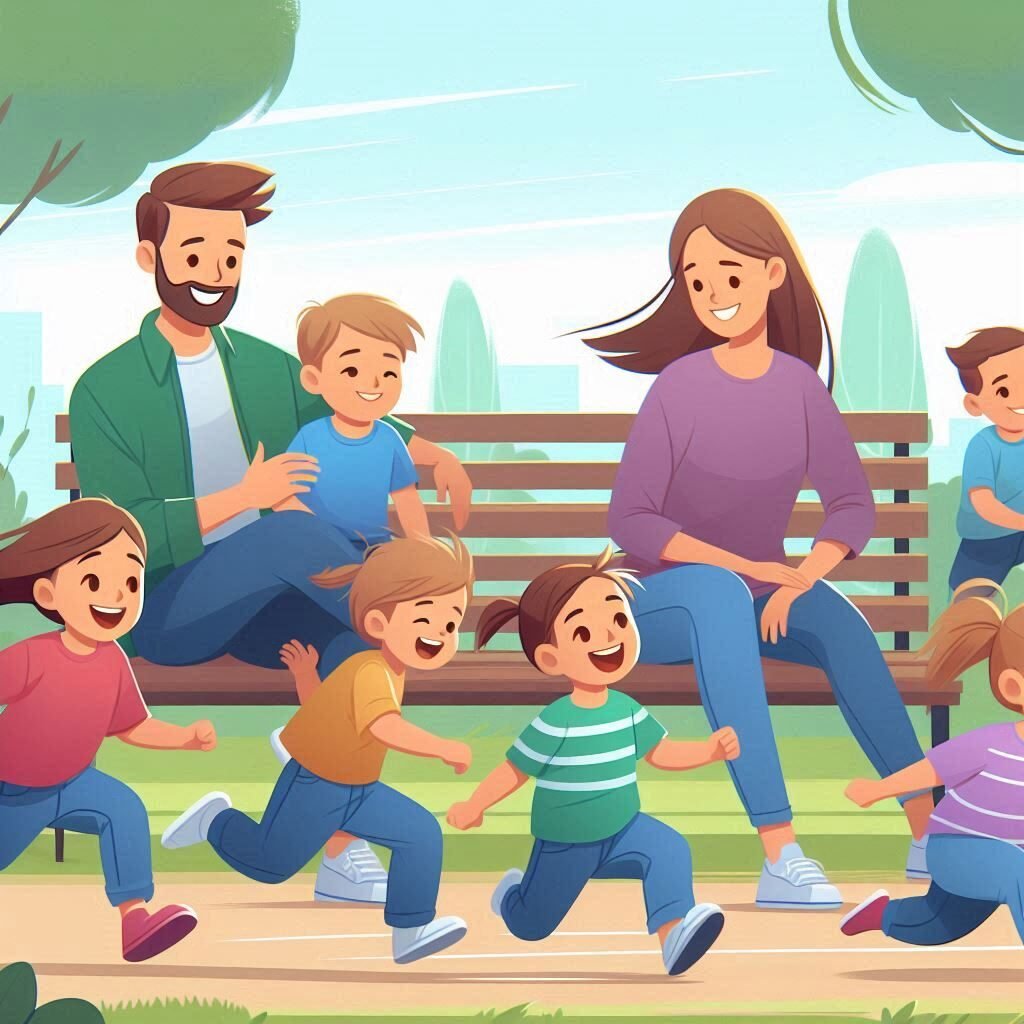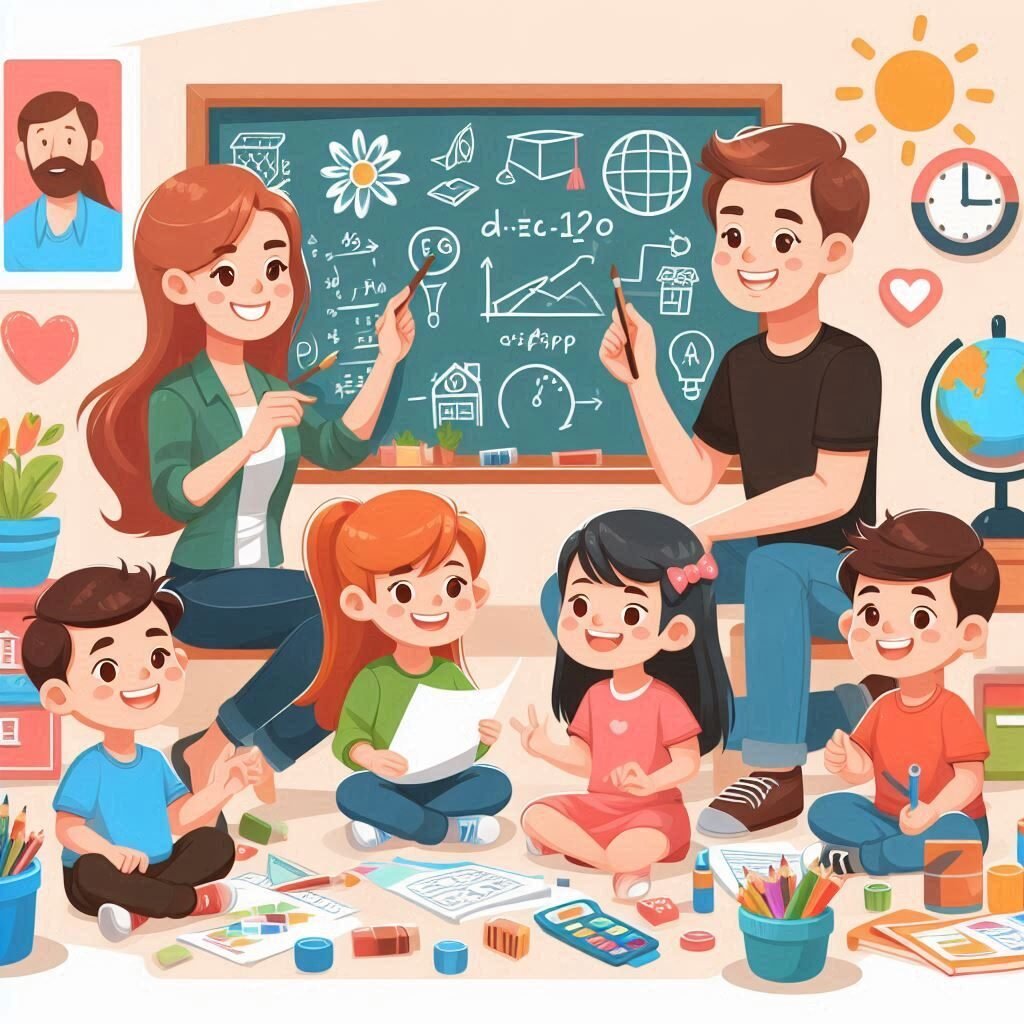As a parent, you are not just guiding your child through their early years, we’re molding their future. Every choice you make and decision you take echoes through their entire life. Often I feel should I steer every detail of my child’s life or let her roam free, until it crosses into risky territory. In my opinion being a controlling parent is a big no no, it’s important she develop her own personality, character, learns how to deal with problems, but just letting her loose can also not be the answer. I think answer is don’t just give your kids freedom, make them independent or other way around.
The key lies in understanding the difference between granting your child freedom and fostering their independence. While these concepts may seem similar, they play distinct roles in a child’s development. So, how can you ensure you’re effectively balancing both to best support your child’s growth?

Freedom: A Pathway to Exploration
Freedom in parenting is about giving children the space to make choices within certain limits. It’s about allowing them to explore their interests, make decisions, and experience the natural consequences of their actions.
What Does Kids Freedom Look Like?
1. Choice of Activities: Allowing your child to pick their extracurricular activities, from sports to arts, gives them the freedom to explore their passions.
2. Personal Expression: Letting your child choose their own clothes or decorate their room fosters their sense of individuality.
3. Leisure Time: Allowing your child to decide how they spend their free time—whether reading, playing, or socializing—gives them a sense of control.
The Benefits of Kids Freedom
1. Encourages Exploration: Freedom allows children to discover their likes and dislikes, helping them develop their interests.
2. Boosts Confidence: Making choices and seeing the outcomes helps build self-esteem and decision-making skills. 3. Teaches Responsibility: Understanding that choices come with consequences teaches children about responsibility and accountability.
Independence: Building Self-Reliance
Independence goes a step further. It involves equipping children with the skills to act autonomously and make decisions without constant guidance. Independence is about helping children become self-reliant and capable of handling responsibilities on their own.
What Does Independence Look Like?
1. Problem-Solving Skills: Allowing child to tackle challenges on their own, such as resolving conflicts with peers or managing a school project, builds their problem-solving abilities.
2. Self-Management: Encouraging child to manage his/her own schedules, homework, and personal tasks fosters a sense of responsibility and organization.
3. Critical Thinking: Giving child the opportunity to think through their decisions and understand their implications enhances their critical thinking skills.
The Benefits of Independence
1. Develops Self-Reliance: Independent children learn to depend on themselves rather than relying on others for solutions.
2. Strengthens Problem-Solving: Independence helps children become adept at navigating complex situations and making informed decisions.
3. Builds Resilience: Facing challenges and overcoming obstacles on their own helps children develop resilience and adaptability.
Striking the Balance: How to Foster Both Freedom and Independence
Finding the right balance between freedom and independence is crucial. Here’s how you can help your child benefit from both:
1. Set Clear Boundaries: Establish rules and guidelines that provide a structure within which your child can exercise their freedom. For instance, you might set limits on screen time but let them choose what they watch or play.
2. Encourage Decision-Making: Provide opportunities for children to make decisions and learn from them. This could be as simple as choosing their own snack or as complex as planning a family outing. The key is to gradually increase their decision-making responsibilities.
3. Support with Guidance: Offer support and guidance without taking over. Be there to help your child think through their choices and consequences, but avoid making decisions for them. This approach fosters independence while ensuring they don’t feel abandoned.
4. Teach Problem-Solving: Encourage your child to solve problems on their own. Instead of immediately stepping in, ask questions that lead them to consider possible solutions and consequences. This helps develop critical thinking and problem-solving skills.
5. Allow for Mistakes: Mistakes are a natural part of learning. Allow your child to experience setbacks and use these moments as teaching opportunities. This not only helps them learn from their experiences but also builds resilience.
Conclusion
Balancing freedom and independence is about creating an environment where our kids can explore, learn, and grow with the right support. By understanding and applying these concepts, we can help our children develop into a confident, self-reliant individual ready to tackle life’s challenges.
Remember, fostering both freedom and independence involves patience and adaptability. By providing clear boundaries, encouraging decision-making, supporting problem-solving, and allowing room for mistakes, we can guide our children towards becoming a capable and self-assured adult.

